During my childhood, I adored the legends and myths of Ancient Greece. I knew all the names of the Olympian gods, and I could tell about Hercules’s exploits for hours. Greece was the personification of a beautiful and sublime ancient world for me. Eventually, this summer we were able to see the homeland of philosophy, theater, and oratory with our own eyes.
Our choice of the Peloponnese Peninsula for summer holidays was not accidental. After all, the most interesting and authentic ruins are situated here, and we wanted to learn a lot about the history of Ancient Greece.
Ancient Olympia
The first place we visited in the Peloponnese was the City of Olympia, which is a well-known tourist destination where the Olympic Games were founded and held for the first time. Ancient Olympia was built in honor of the supreme god, Zeus the Thunderer. According to the legend, Hercules himself took part in the arrangement of the territory that belonged to Olympia, so every admirer of ancient history must visit this location. It was the most worshiped place in Greece, as there was a unique temple with a statue of Zeus, one of the wonders of the ancient world. The Olympic Games, which the Greeks loved so much, were originally held in honor of the most formidable god. The competitions were held every four years from July to August. During this time, all military conflicts ceased and those wishing to see and participate in the Games came to Olympia, which was the sports capital of Greece. At the end of the competition, the winners received prizes – olive wreaths in the Temple of Zeus. This tradition lasted until 394 AD, when the Roman Emperor Theodosius prohibited holding the Games.
The Temple of Zeus. Wonder of the World
The Temple of Zeus was founded in the V century BC and, according to the architect’s idea, the construction was supposed to fill with dread any mortal who came here. The dimensions of the sanctuary were truly gigantic. Its area was 27 m x 64 m and had a rectangular shape. It was the largest and most significant temple in Greece at the time it was constructed. A massive roof was supported by 34 columns made of shell rock. The height of each was 10.5 meters. Zeus and the process of preparation of Pelops for a contest in chariots (in honor of which the Peloponnese Peninsula was named) were depicted on the front pediment, under the very dome. A battle with the centaurs was portrayed on the rear pediment. All of these statues are in a good state and located in the Archaeological Museum Of Olympia. It took about 10 years to construct the temple
The key figure of this complex was the statue of Zeus, who was sitting on a luxurious throne in the most remote part of the temple. The creator of this massive statue was sculptor Phidias, famous at that time. The statue of the Thunderer was made of rare ebony, ivory and gold. According to Phidias’ idea, Zeus was depicted with developing hair, dressed in a golden robe, and his head was crowned with a golden wreath, woven from olive branches. He was holding a rod with an eagle in one hand, and a figure of goddess Nike in the second. He had gold sandals on his legs and was standing on a bench, which was held by golden lions. The eyes of the great God were made of precious stones, as though lightning was born in them when you were looking at him.
The method used by the sculptor aimed to strengthen the image of the Thunderer. The height of the sculpture was about 15 meters, and it seemed that if Zeus stood up, then he would pierce the roof of the temple with his head. The facial expression of the God was rather good-natured than angry, which is very uncommon for the image of the main god (Zeus the Thunderer was usually portrayed as rigorous). About 200 kg of pure gold was used to make the statue. Judges were sitting at his feet and handed olive wreaths over to the winners of the Olympic Games on his behalf. According to legend, when Phidias finished his work, he asked the Thunderer aloud: “Zeus, are you satisfied?” In response, he heard the strongest roll of thunder. The statue remained intact for over 700 years before it was damaged by an earthquake, and later a fire that completely destroyed it.
The statue Zeus at Olympia was the only miracle of the ancient world located on mainland Europe.
Now the statue is represented only via the ancient records and images on old coins. However, the ruins of the temple itself are still present in Olympia and can be easily approached.
Ruins of Ancient Olympia
Now all the terrain on which the temple used to stand and the buildings adjacent to it are under the protection of UNESCO, being of great historical value. The entrance ticket to this place costs 12 euros per person and gives permission to visit an interesting historical museum and the ruins of the Temple of Zeus.
Around the Temple of Zeus there is a large number of chaotically scattered huge columns that have remained here since the earthquake and subsequent barbaric looting. However, in order to highlight the grandeur of this construction, modern architects restored one column, so that people could easily imagine the size of the temple.
Nearby there are the ruins of the Temple of Hera, the wife of Zeus. It hosted statues of gods, made of gold and ivory. There is also a particularly valuable sculpture of Hermes, the envoy of Zeus, who is holding the Infant Dionysus in his hand. In his right hand, Hermes most likely held a branch of grapes, the future symbol of the god of wine, which Dionysus later became.
If you come here in summer, be sure to bring water and a hat, because without them it will be very difficult to walk in the heat.
Ancient Olympia is located far enough from Athens (about 300 km), but a vast number of excursions are organized here in spite of the distance. This indicates that it is a tourist mecca for those who want to get acquainted with the history of Ancient Greece. If you are on the Peloponnese, then don’t miss the opportunity to come here and see with your own eyes the place where one of the Seven Wonders of the Ancient World was located.

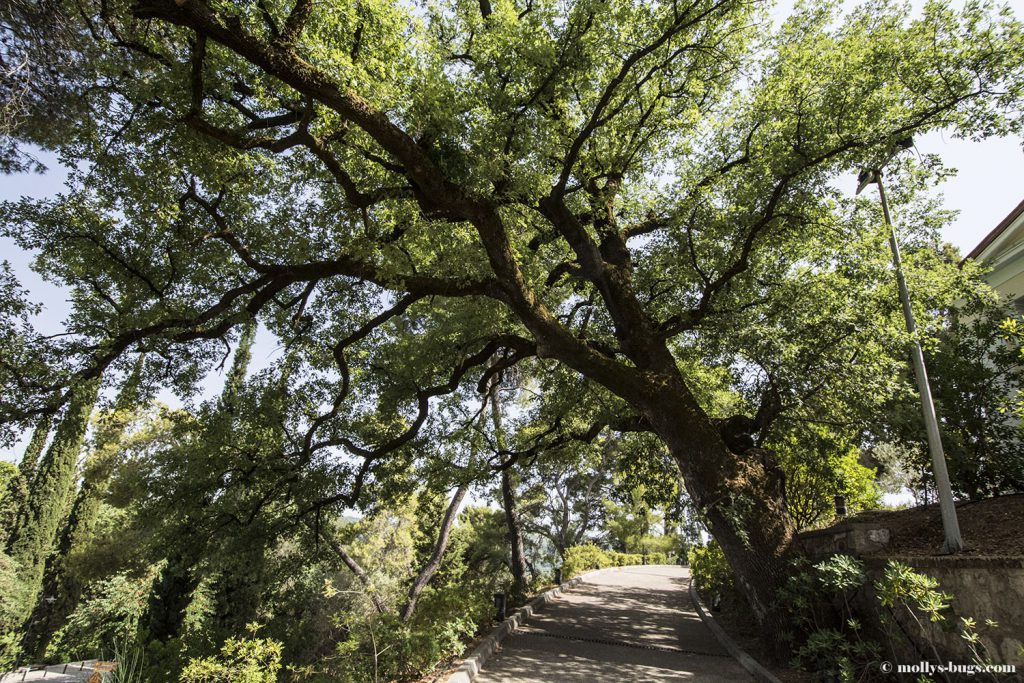
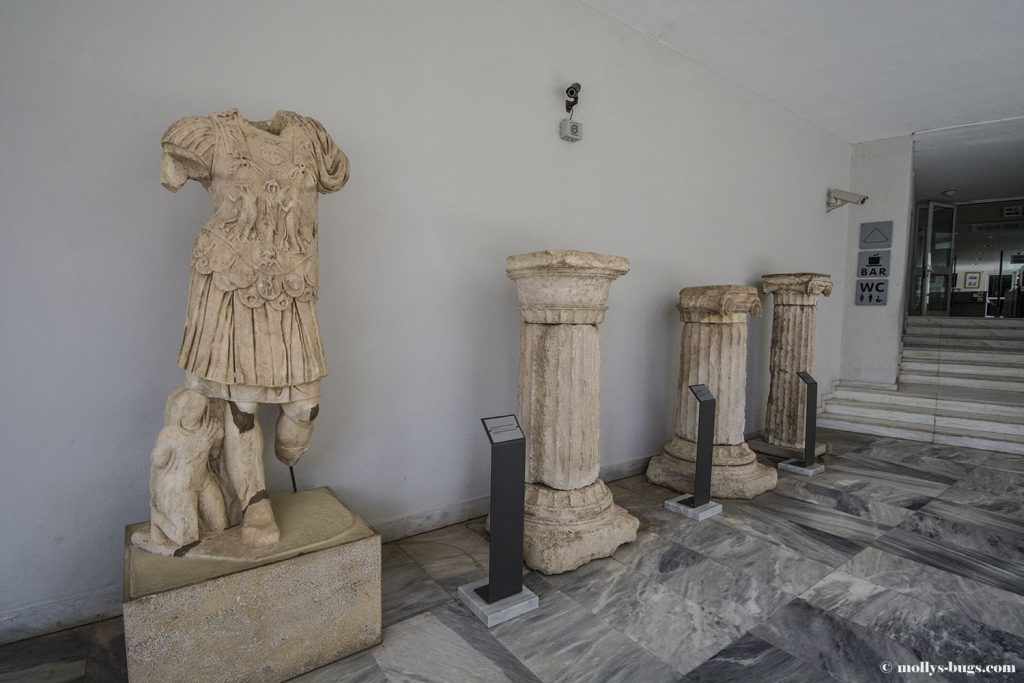
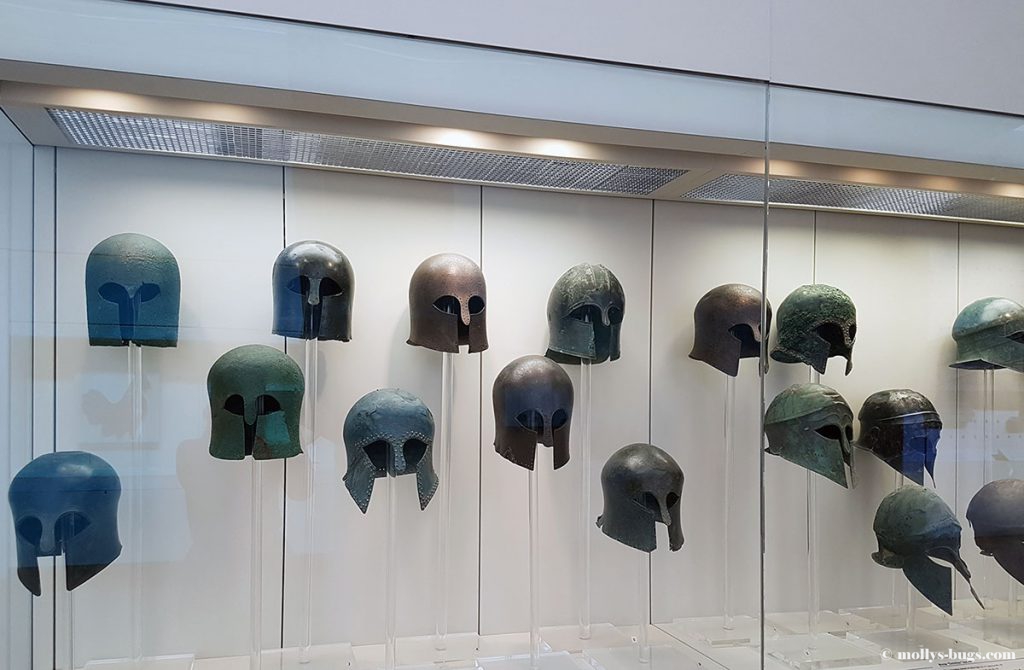
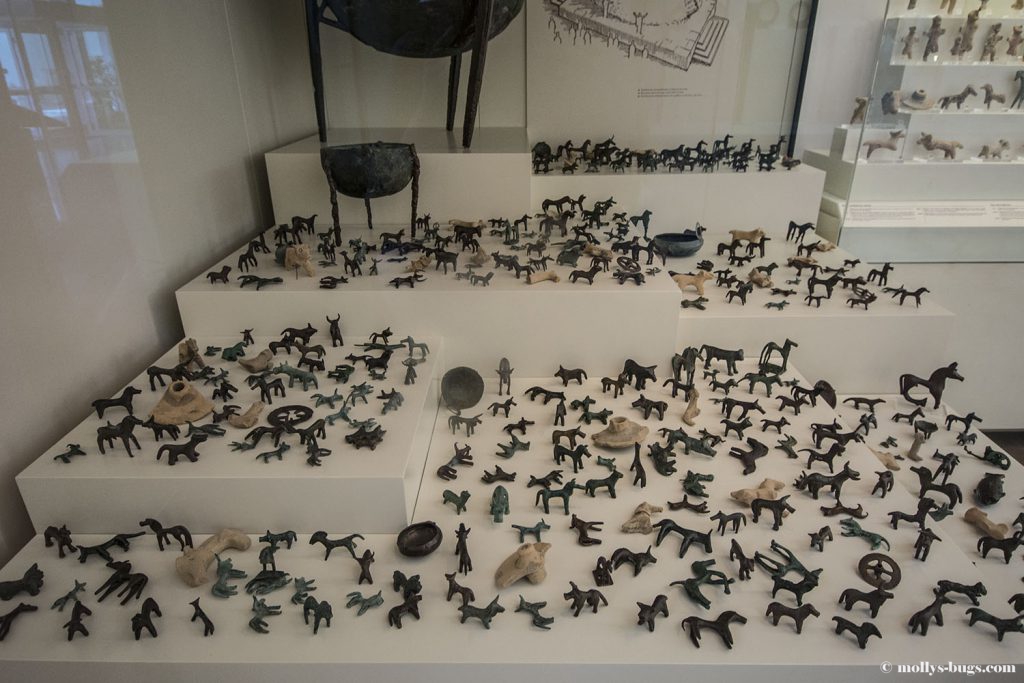
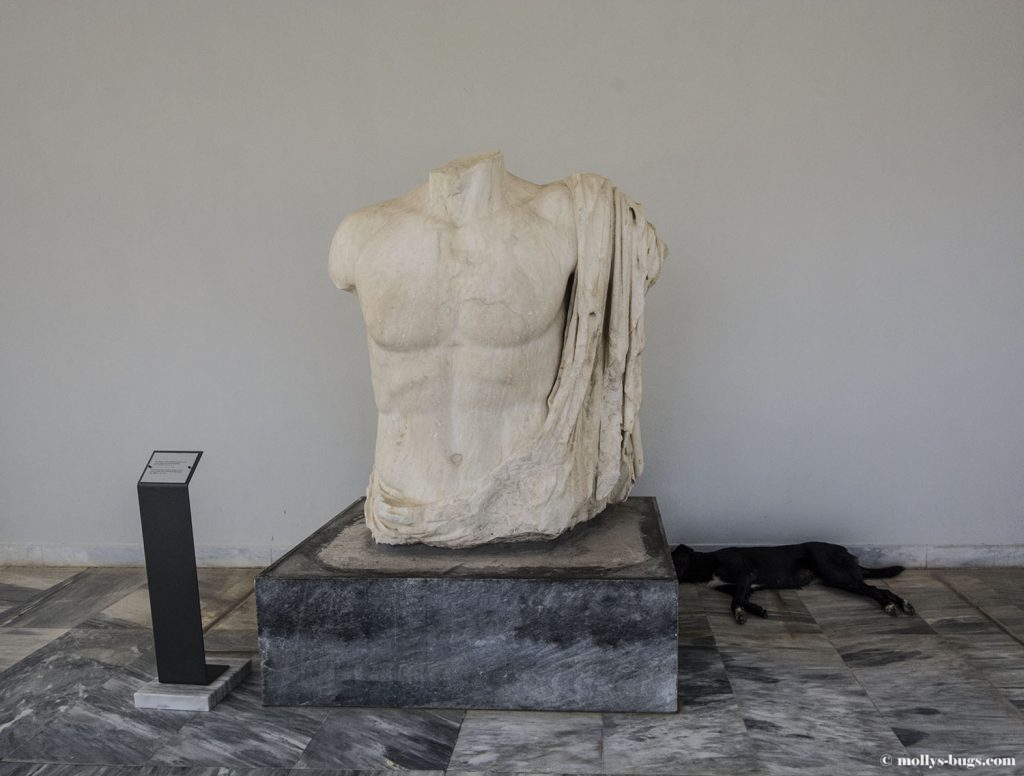
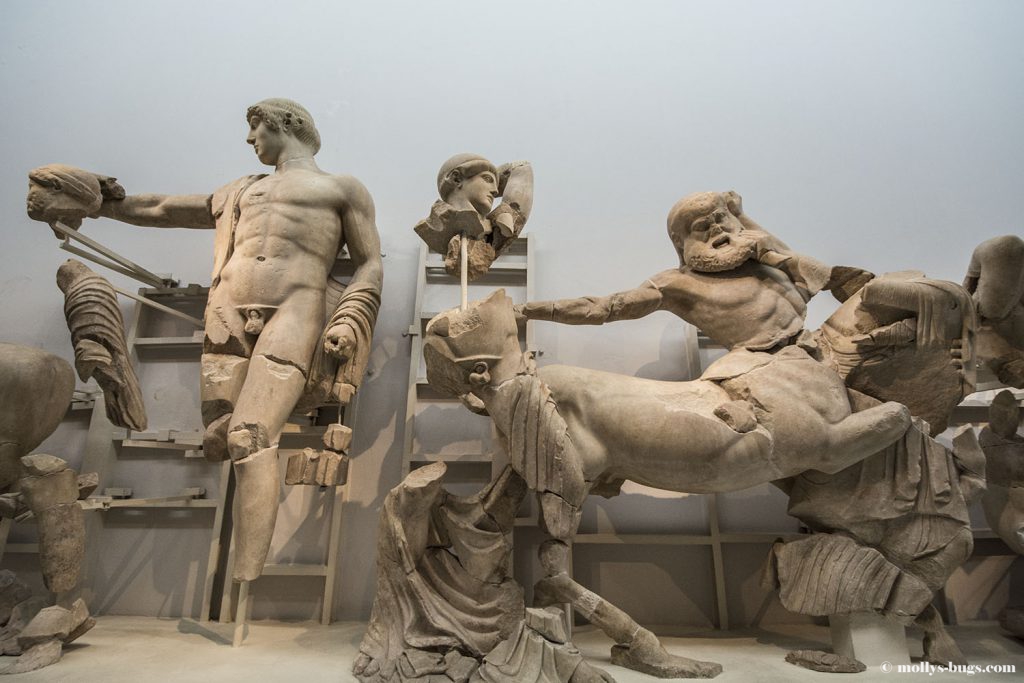
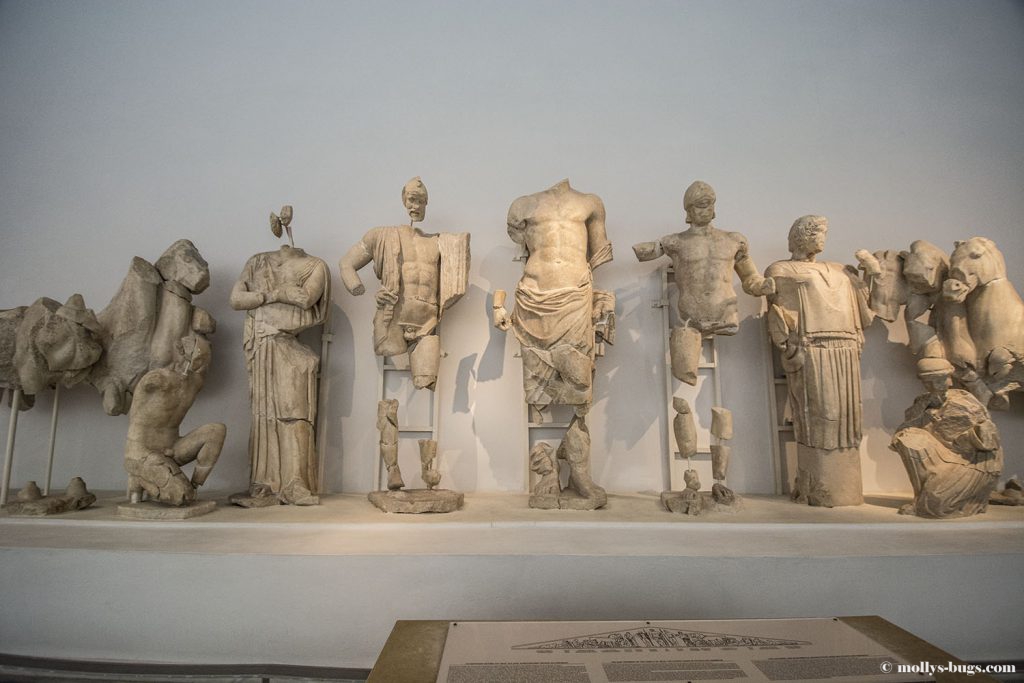
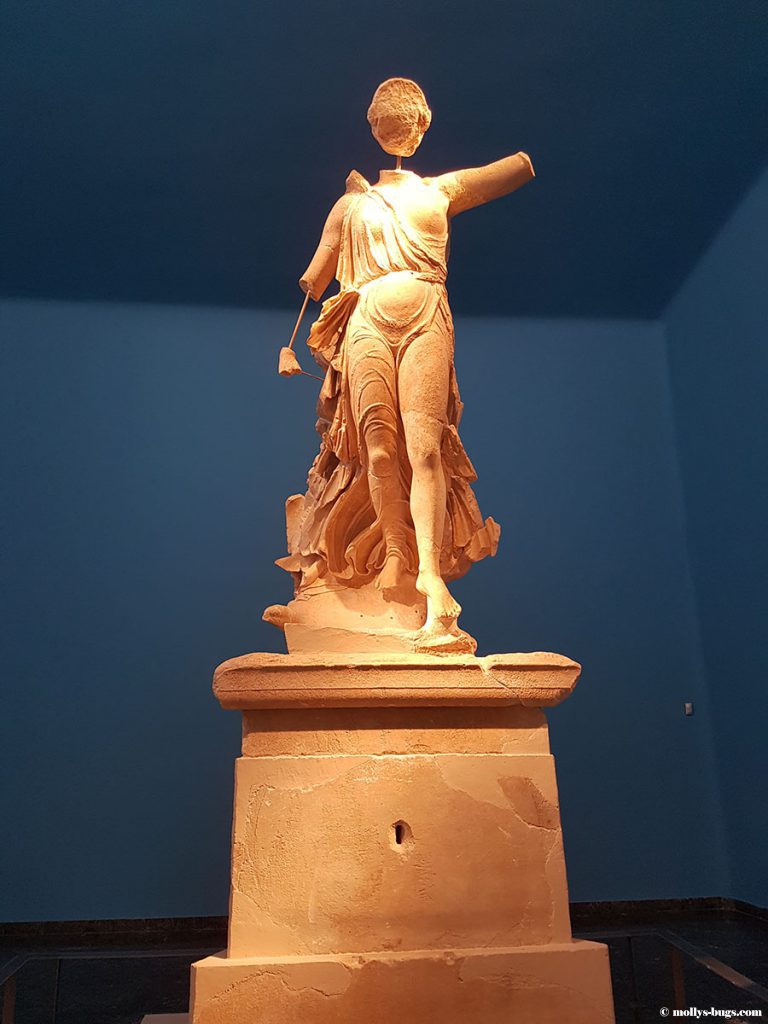
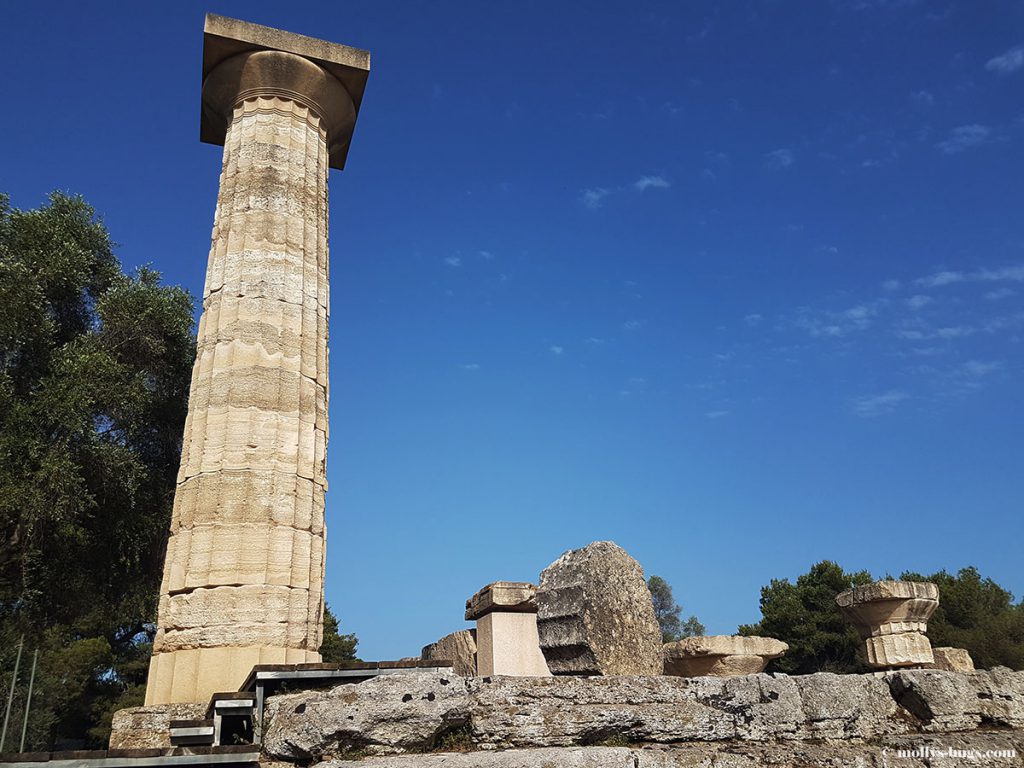
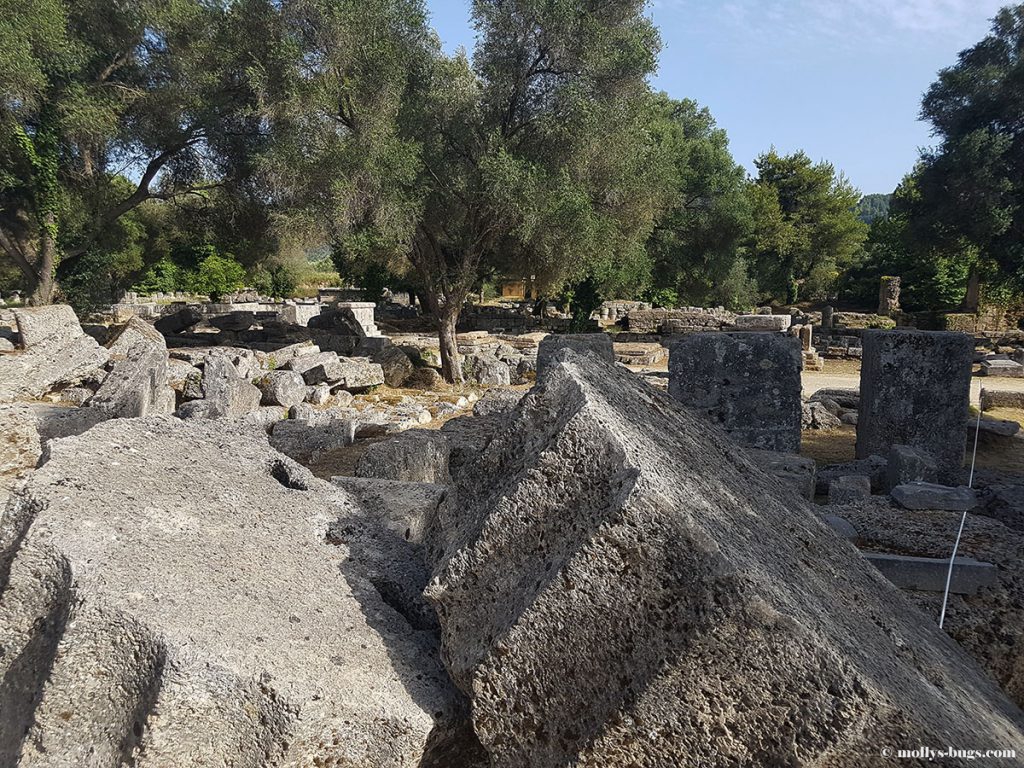
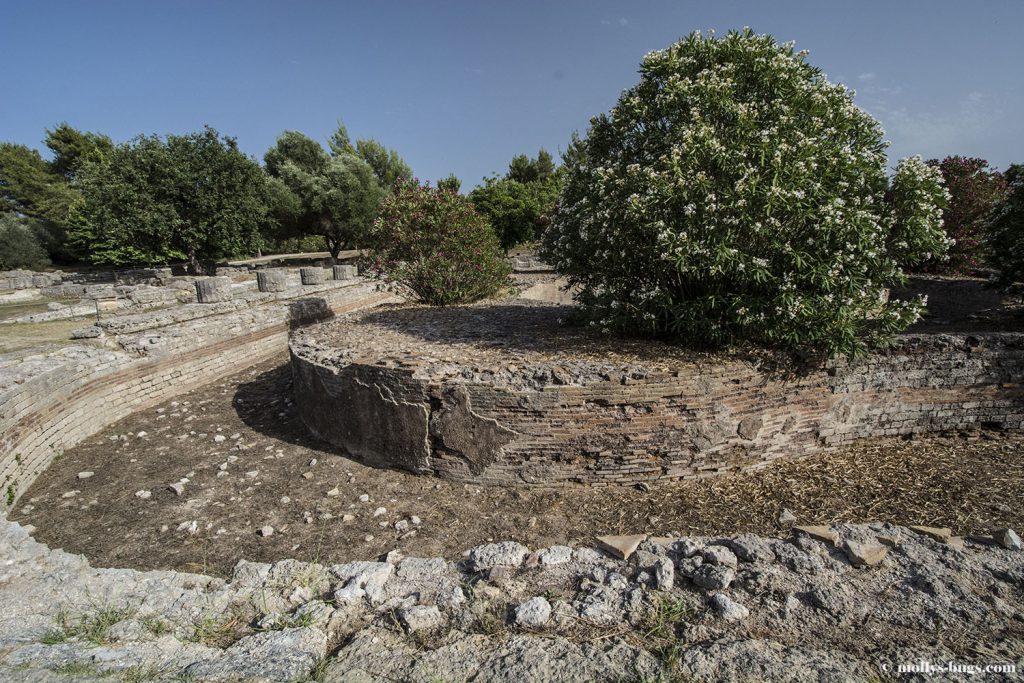
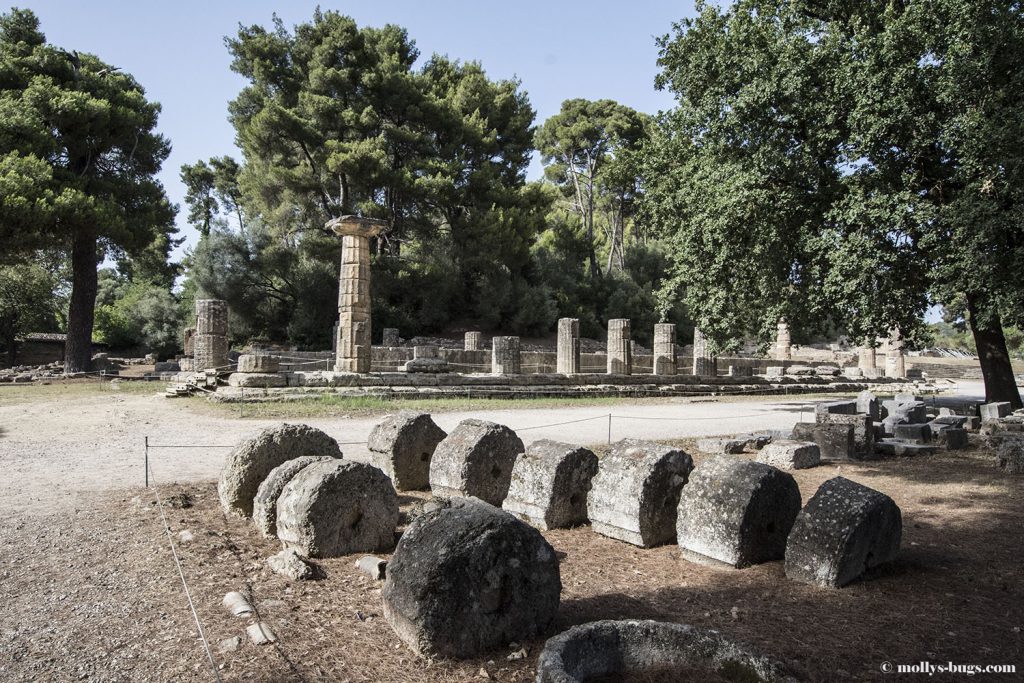
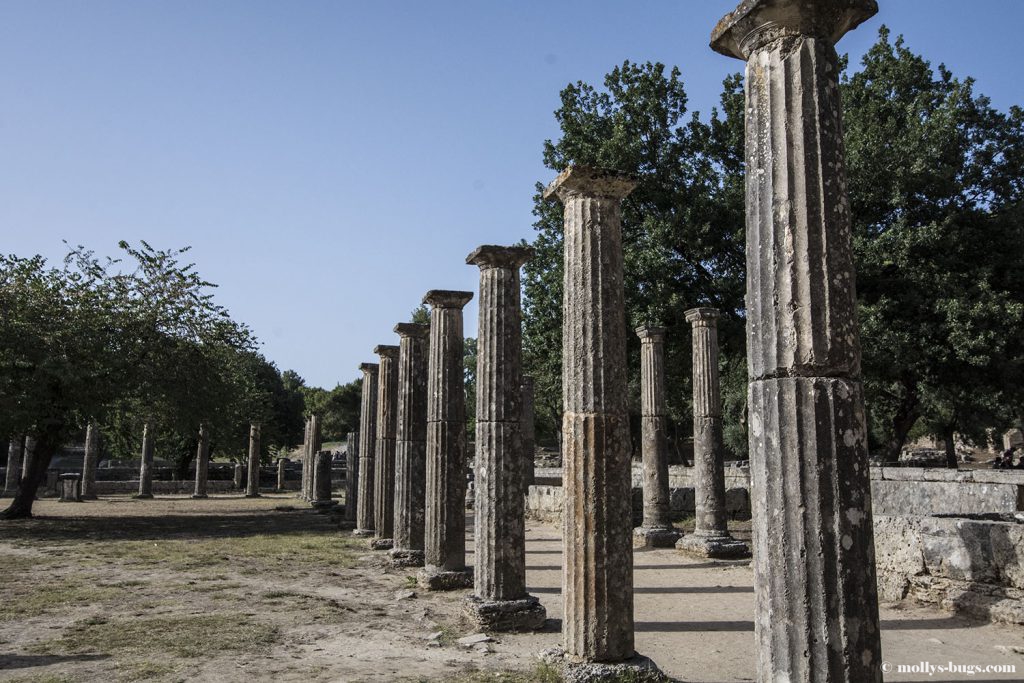
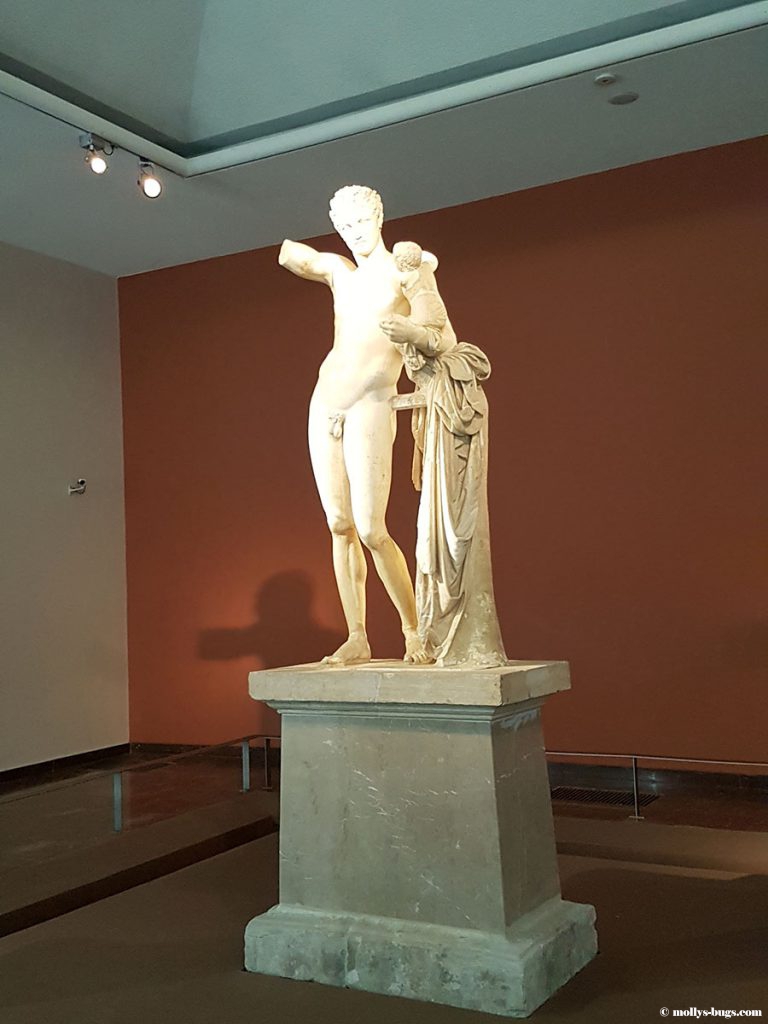
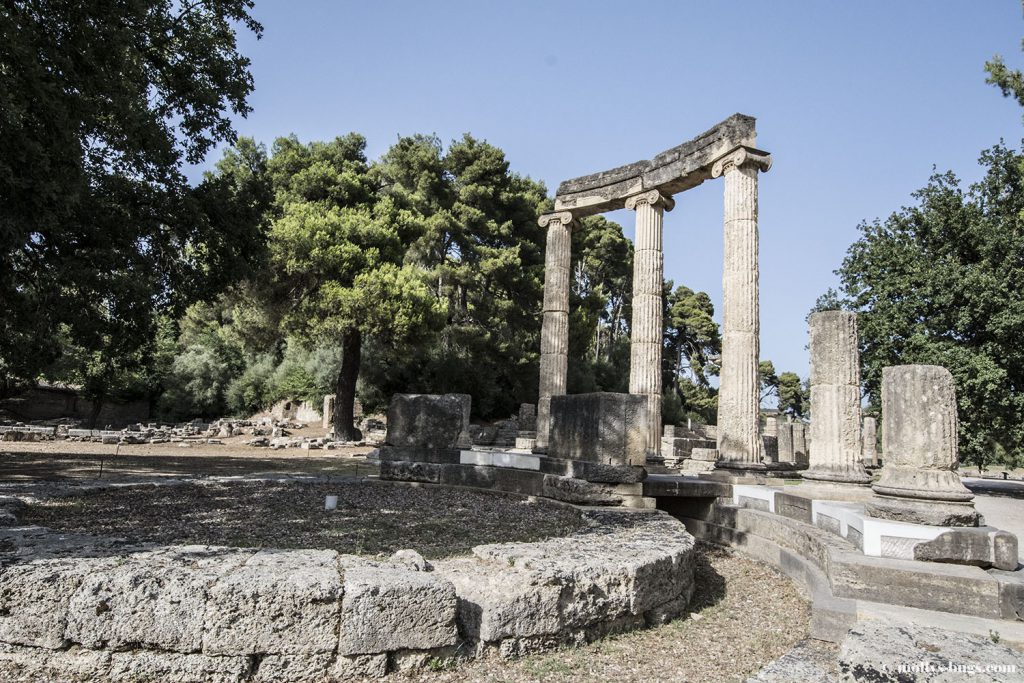
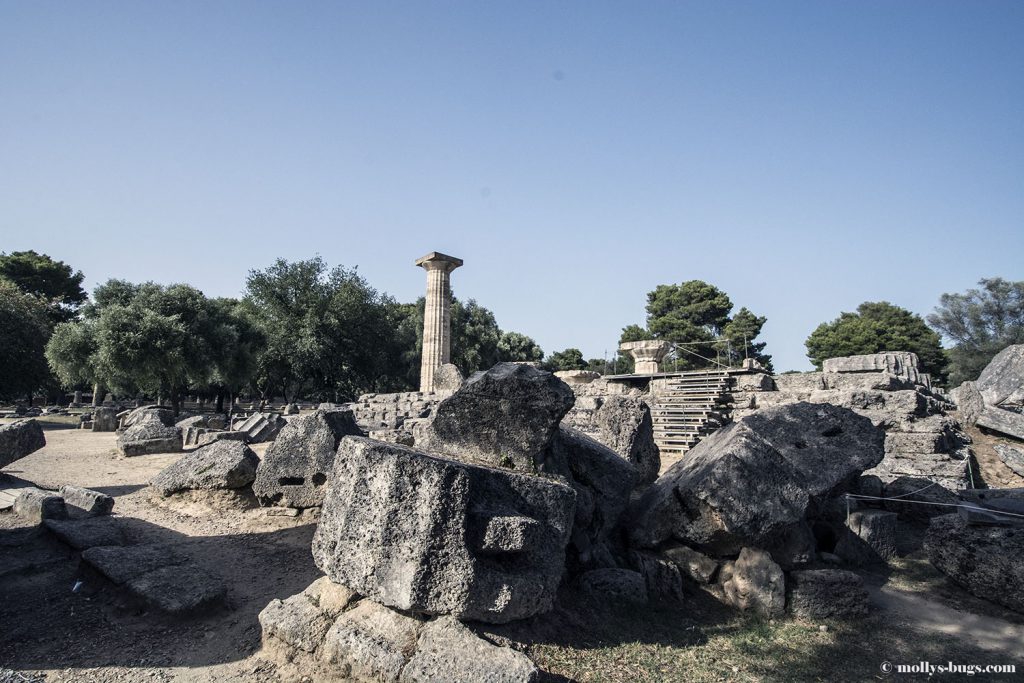






Leave a Reply